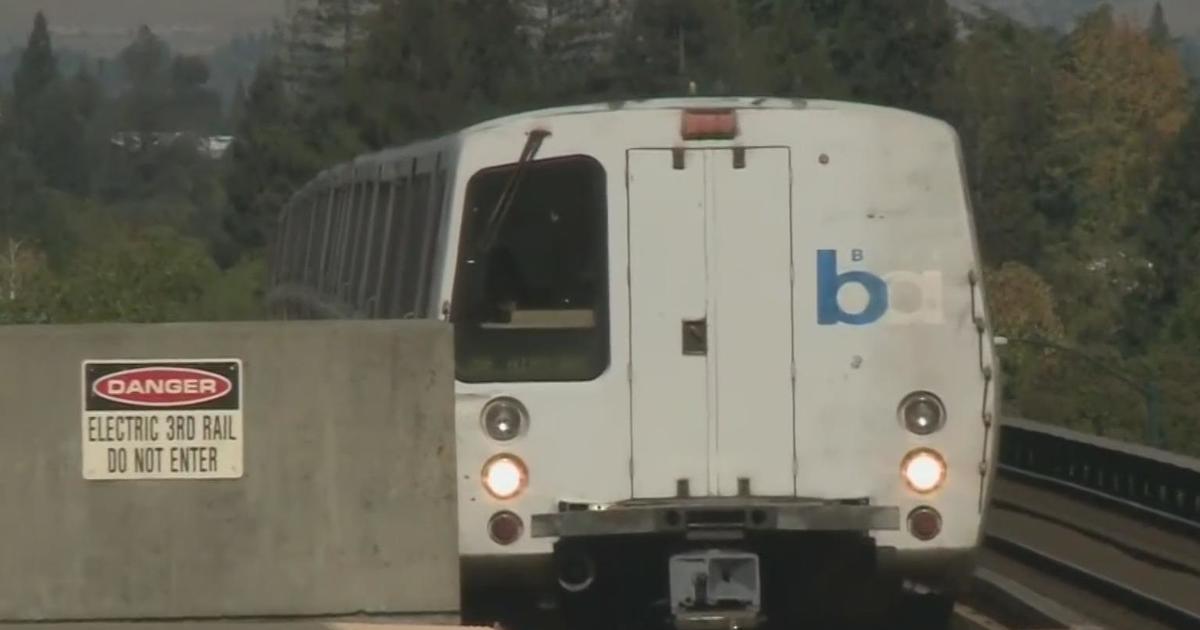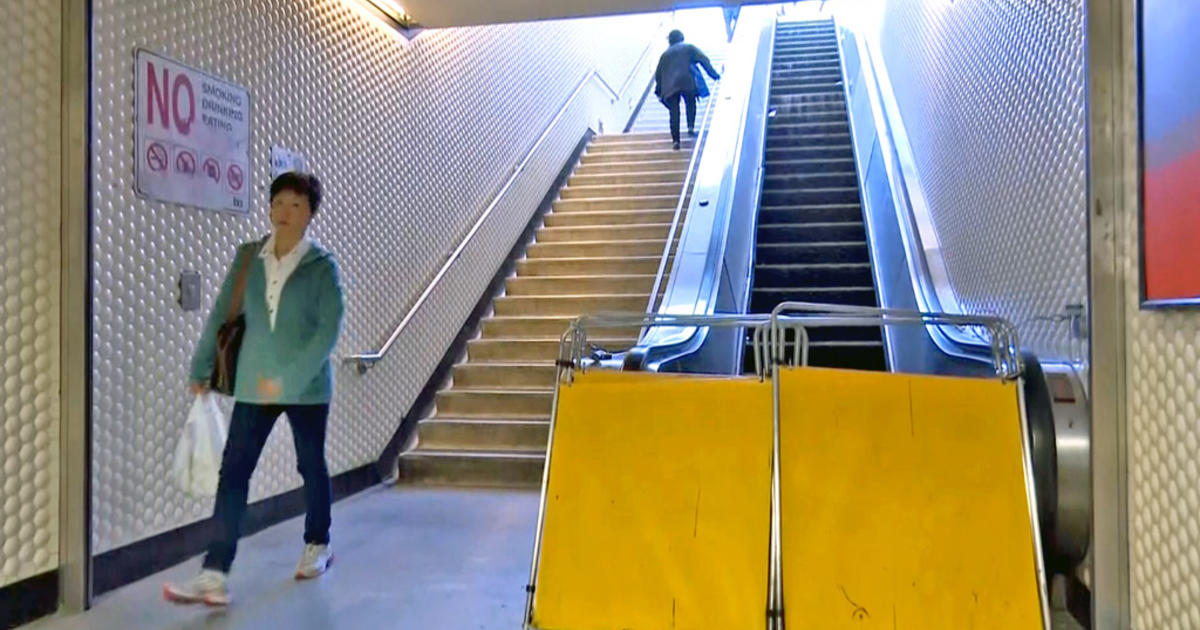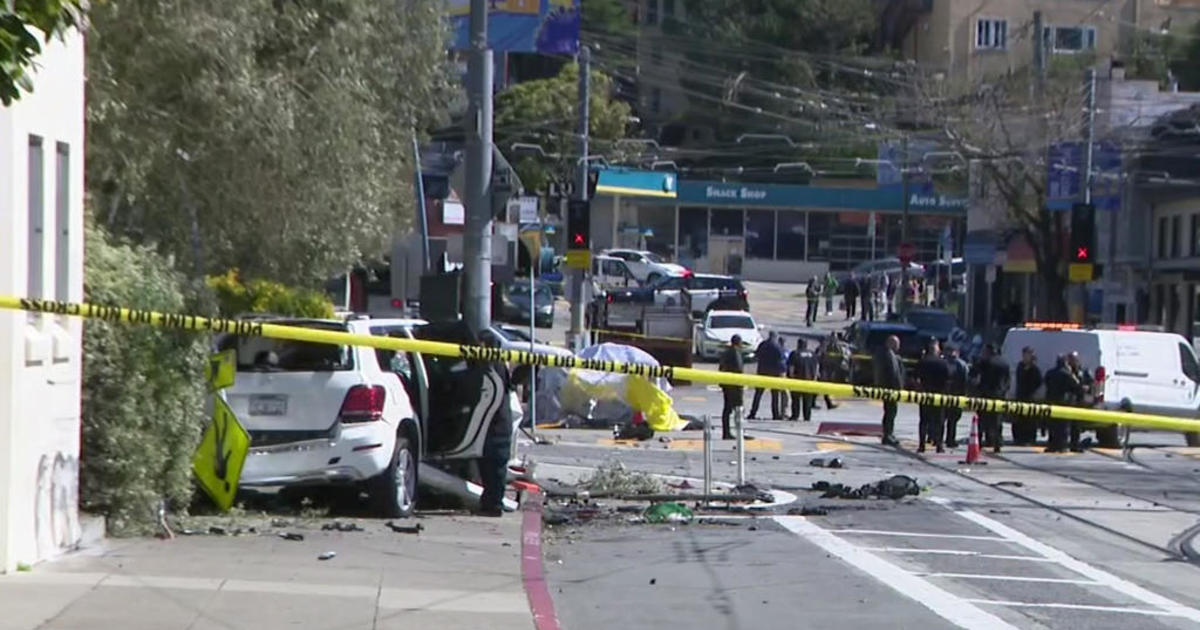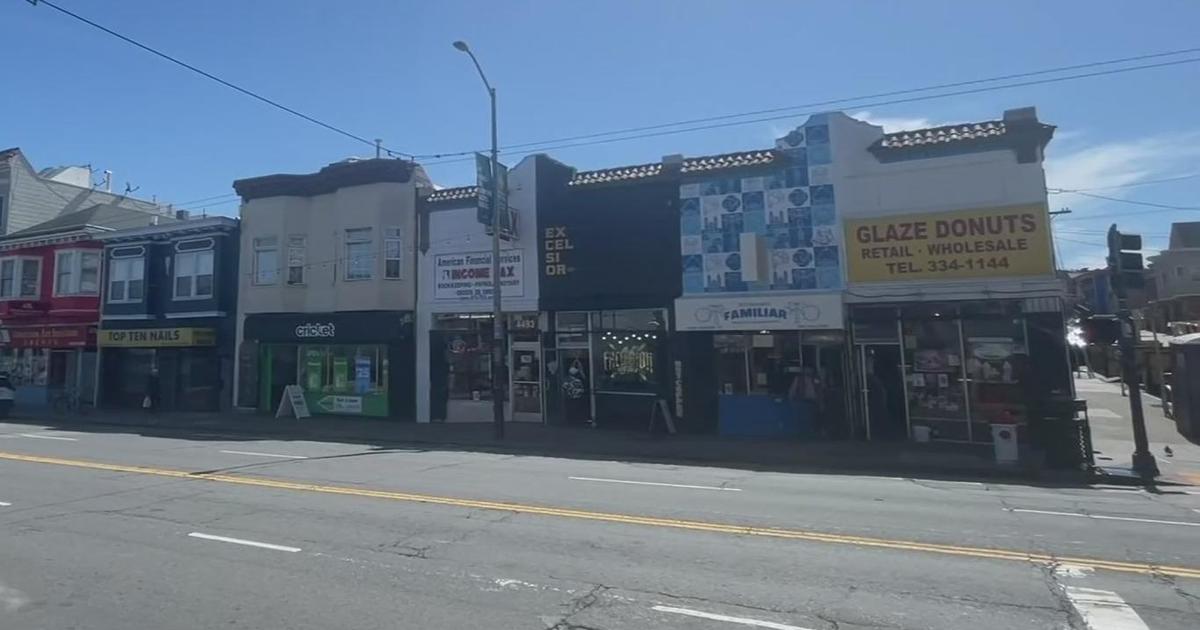Phil Matier: BART Management, Unions Compromise For A Deal
SAN FRANCISCO (KCBS) — Bay Area Rapid Transit trains were running Tuesday with limited service as a tentative agreement was reached between the transit agency's management and unions. But what was the deal and how did it all go down?
In the end, they hammered out a deal that, over the life of it, gives BART workers a raise—it's based on a pay structure that overall nets them about two percent a year for the next four years. They also will keep their health benefits.
Workers had to budge, however, on some work practices.
Phil Matier: BART Management And Unions Compromise For A Deal
BART didn't get any of the of the financial take backs they initially had been looking for. They did get some changes on work rules though not as many as they had hoped for.
The last sticking point on Monday was getting some workers to switch over from 8 hours work days to 10 hour work days, known as 4-10—that's very popular with police, fire and other public employees.
BART workers will still be able to take a sick day and get paid overtime later in the week. It will have to be an official sick day. They just won't be able to call in when you sick days are up.
So, still, some of the rules—that that most of us would scratch our head at and think, "How are they doing that?"—will stay intact. But that's they way it goes in these negotiations especially if you have the entire Bay Area region being held hostage by both sides.
BART was able to get some of what it wanted and so did the unions but neither were able to get everything.
What was most interesting was the process itself. One of the reasons this last strike happened is that there was a significant change in what was going on.
In the past, BART deals would come up and they would just negotiate how they were going to get it done—how to get raises, etc.
This time management said one thing and the unions said the other while insisting that every time they gave up something, they got something of equal value in return.
Trying to work out deal that way is what created the hammer lock that led to a strike.
So there's a little give, a little take and lot of people that are a little ticked off right now.
(Copyright 2013 by CBS San Francisco. All Rights Reserved. This material may not be published, broadcast, rewritten, or redistributed.)



